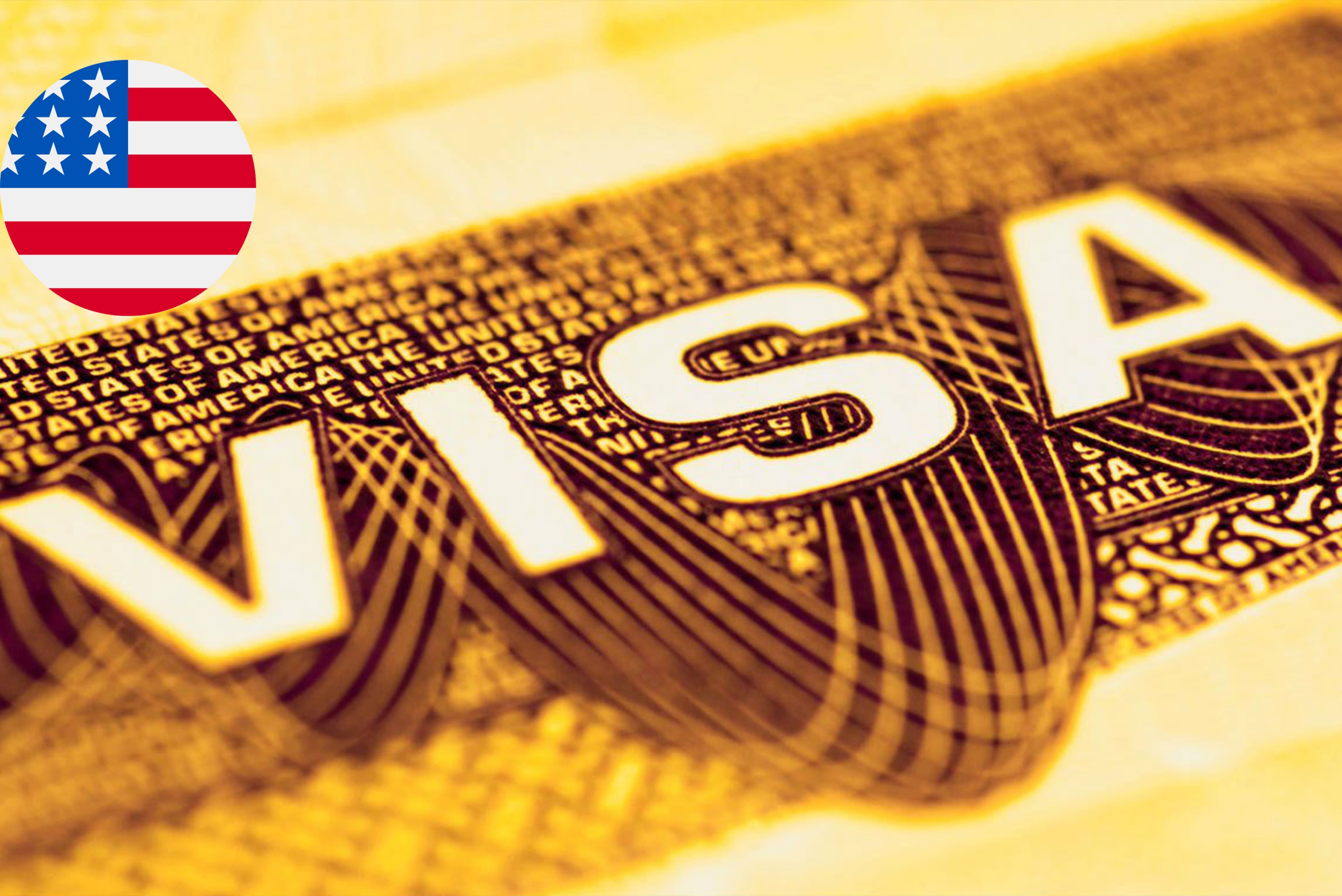The United States’ USA Golden Visa Process in officially the EB-5 Immigrant Investor Program (सोने का वीजा), is a residency-by-investment pathway offering permanent residency (Green Card) to who invest in U.S. businesses to stimulate economic growth and job creation. Established in 1990 by Congress, the EB-5 program is managed by U.S. Citizenship and Immigration Services (USCIS). It allows investors, their spouses, and unmarried children under 21 to gain Green Cards. Recent proposals, like the Trump Gold Card suggest a potential $5 million investment visa, but this requires Congressional approval and remains speculative.
Overview of the Sone ka Visa (EB-5)
The EB-5 program requires niveshak to invest in a new commercial enterprise (NCE) that creates or preserves at least 10 full-time jobs for U.S. workers. It offers two investment options: direct investment in a business or investment through USCIS-approved Regional Centers, which pool funds for large-scale projects like real estate or infrastructure. Yeh program jobs aur economic growth ko boost karta hai (यह प्रोग्राम जॉब्स और इकोनॉमिक ग्रोथ को बूस्ट करता है). Successful applicants receive a conditional Green Card for two years, followed by permanent residency upon meeting job creation requirements. The program allocates 10,000 visas annually, with a 7% per-country cap, causing backlogs for countries like India and China.

Eligibility and Requirements
The maapdand (मापदंड) for the EB-5 visa are:
- Age Limit: No specific age limit, making it accessible to all videshi niveshak. Koi umra seema nahi hone se yeh sabke liye flexible hai (कोई उम्र सीमा न होने से यह सभी के लिए फ्लेक्सिबल है).
- Investment:
- Standard Investment: $1,050,000 (≈₹8.8 crore) in a for-profit NCE established after November 29, 1990.
- Targeted Employment Area (TEA): $800,000 (≈₹6.7 crore) in rural areas, high-unemployment zones, or infrastructure projects. TEAs economic development ko priority dete hain (टीईए इकोनॉमिक डेवलपमेंट को प्रायोरिटी देते हैं).
- Funds must be “at risk” with no guaranteed return and legally sourced (e.g., income, business profits, real estate sales).
- Job Creation: The investment must create or preserve 10 full-time jobs (35+ hours/week) for U.S. citizens, permanent residents, or authorized workers within two years. Direct investments require direct jobs (W-2 employees); Regional Center investments can count indirect or induced jobs (e.g., jobs from project-related economic activity).
- Income: No specific aay (आय) threshold, but applicants must prove funds are vidhi-sammat (विधि-सम्मत) and sufficient to support themselves and dependents in the U.S.
- Experience and Language: No business experience or English proficiency is required, broadening accessibility.
- Health and Character: Medical exams and police clearance certificates for swasthya (स्वास्थ्य) and charitra praman (चरित्र प्रमाण) are mandatory.
Application Process
The EB-5 process, managed by USCIS, is multi-step and rigorous. Yeh process thorough par transparent hai (यह प्रोसेस थोरो पर ट्रांसपेरेंट है):
- Choose Investment: Select a direct investment or a USCIS-approved Regional Center project. Conduct due diligence to ensure project legitimacy.
- File Form I-526/I-526E: Submit Immigrant Petition by Standalone Investor (I-526) or Regional Center Investor (I-526E) with evidence of investment and lawful funds.
- Conditional Green Card:
- If in the U.S. on another visa, file Form I-485 (Adjustment of Status) to obtain a conditional Green Card.
- If outside, file Form DS-260 (Immigrant Visa Application) via the National Visa Center (NVC) and attend a consular interview.
- Remove Conditions: Within 90 days before the two-year conditional Green Card expires, file Form I-829 (Petition to Remove Conditions) with proof of 10 jobs created or preserved.
- Permanent Residency and Citizenship: Upon I-829 approval, receive a permanent Green Card. After five years (1,095 days in the U.S.), apply for nagrikta (नागरिकता).
Timing (USA Golden Visa Process)
The EB-5 timeline varies by country due to visa caps and backlogs:
- Form I-526/I-526E Processing: 35–52.5 months (faster for countries without backlogs, e.g., 12–24 months for low-demand countries).
- Consular Processing (DS-260): 9–12 months for those outside the U.S.
- Adjustment of Status (I-485): 6–12 months if in the U.S.
- Form I-829 Processing: 30–36 months to remove conditions. USCIS extends conditional status by 48 months to avoid gaps.
- Citizenship: 8–12 months after five years of residency (1,095 days).
Backlogs se India aur China ke applicants ko zyada wait karna padta hai (बैकलॉग्स से भारत और चीन के अप्लिकेंट्स को ज़्यादा वेट करना पड़ता है).
Required Documents
Applicants need the following dastavez (दस्तावेज़):
- Valid passport and photos.
- Proof of lawful funds (e.g., tax returns, bank statements, property sale deeds).
- Police clearance certificates (less than 12 months old).
- Medical examination reports from USCIS-approved physicians.
- Investment evidence (e.g., wire transfer records, business plans).
- For family: Marriage/birth certificates for spouse and children under 21.
- For Regional Centers: Project documents and USCIS approval proof.
Sabhi dastavez English mein translate hone chahiye (सभी दस्तावेज़ इंग्लिश में ट्रांसलेट होने चाहिए).
Benefits
The EB-5 visa offers significant labh (लाभ):
- Permanent Residency: Live, work, and study anywhere in the U.S. with a Green Card.
- Family Inclusion: Spouse and children under 21 receive Green Cards.
- Education and Healthcare: Access top-tier schools, universities (often at in-state tuition rates), and healthcare. Yeh benefits family ke future ko secure karte hain (ये बेनिफिट्स फैमिली के फ्यूचर को सिक्योर करते हैं).
- Tax Advantages: No tax on foreign income for non-residents; favorable tax treaties for residents.
- Citizenship: Path to U.S. nagrikta after five years, offering visa-free travel to 197 countries.
- Flexibility: No employer sponsorship or language requirements.
Challenges
- High nivesh thresholds ($800,000–$1,050,000).
- Long processing times (up to 52.5 months for I-526/I-526E).
- Visa backlogs for high-demand countries like India (8–10 years).
- Investment risks, as funds must be “at risk” with no guaranteed return.
- Trump Gold Card uncertainty: Proposed $5 million visa lacks legislative backing.
In chunautiyon ke bawajood, long-term rewards bade hain (इन चुनौतियों के बावजूद, लॉन्ग-टर्म रिवार्ड्स बड़े हैं).
Recent Updates (2025)
The EB-5 Reform and Integrity Act of 2022 updated the program:
- Investment thresholds: $800,000 (TEA) and $1,050,000 (non-TEA).
- Reserved 32% of visas for rural (20%), high-unemployment (10%), and infrastructure (2%) projects.
- USCIS directly designates TEAs; state designations no longer accepted.
- Trump Gold Card ($5 million) proposed but not enacted, requiring Congressional approval.
Conclusion
The EB-5 visa remains a premier option for videshi niveshak seeking U.S. residency. With no age or language barriers, flexible nivesh options, and clear dastavez requirements, it offers a path to a secure, prosperous life in the U.S. Yeh visa ek samriddh bhavishya ka dwar hai (यह वीजा एक समृद्ध भविष्य का द्वार है).
USA Golden Visa Process USA Golden Visa Process






